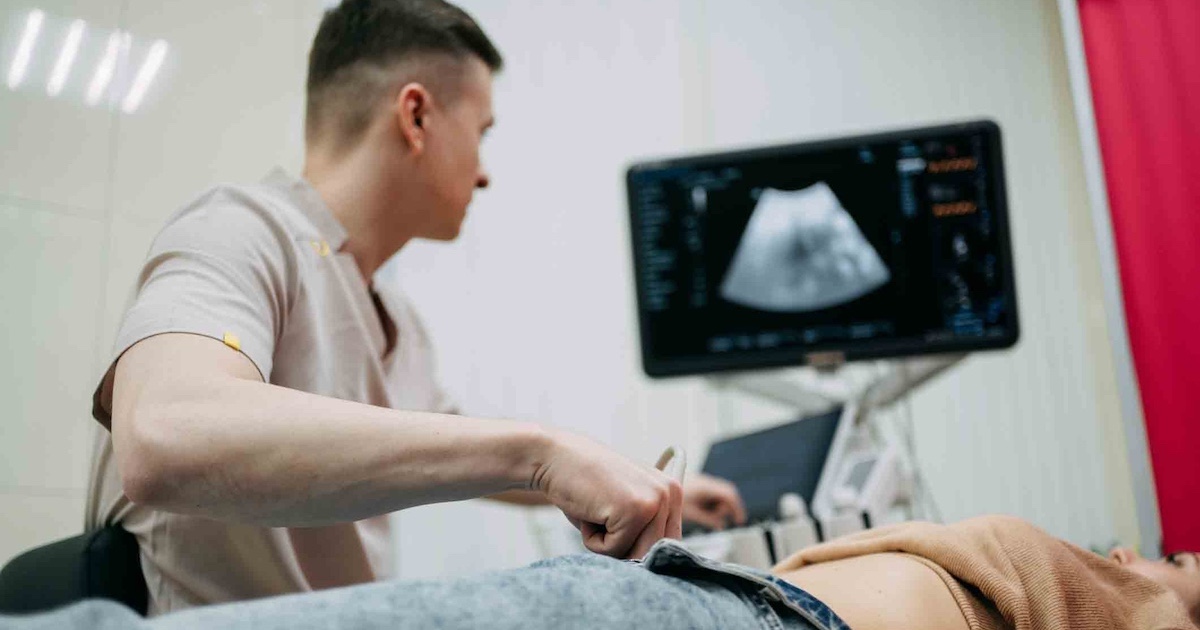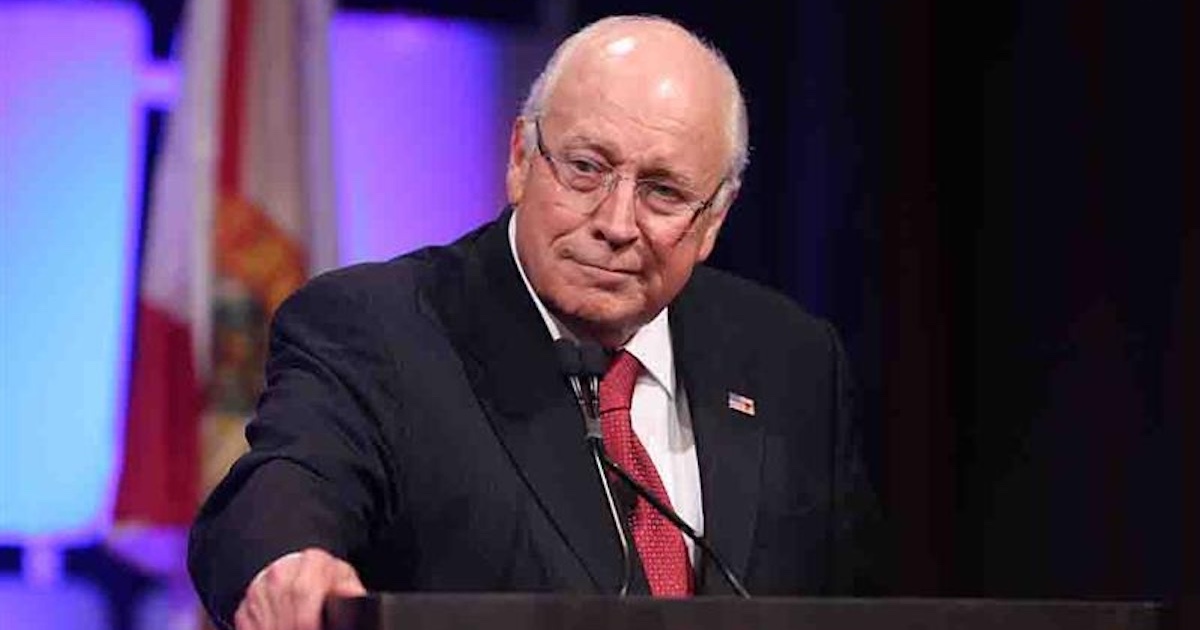From the mHealthNews archive
With the rapid spread of mobile phone technology across the developing world there has come an equally rapid rise in the possibilities of mobile health.
Not surprisingly, policymakers in developing countries are being confronted with the same question as their more affluent colleagues in other parts of the world: How much does it cost to do mHealth right?
On Wednesday, December 11th, at the HIMSS Media mHealth Summit in Arlington, VA, Youngji Jo, a doctoral student at the Johns Hopkins Bloomberg School of Public Health, will discuss some recent research undertaken to answer the question of mHealth costs in the developing world as part of the session entitled, “mHealth Costing and Economic Analyses: Cost of Deployment.”
According to Jo, there’s been little research that demonstrates both the value of mHealth investments in developing countries and the cost associated with establishing a comprehensive mHealth project.
In an effort to fill that gap and to begin to develop costing strategies for policymakers at both the local and national levels, Jo and some colleagues examined a case study of a community-based mHealth project in India.
Using the accounting framework Total Cost Ownership (TCO) model, Jo’s research yielded a detailed cost profile, looked at a range of cost saving strategies and pointed to next steps for further studies.
When it comes to planning an actual mHealth development project, Jo pointed to the importance of identifying sources of financing, as well as significant potential cost drivers, prior to beginning a project in order to ensure effective partnership strategies. Of course, a major part of any development project revolves around convincing funders and potential partners of its value.
To that end, Jo said, “stakeholders can use the framework we developed as a tool to generate specific evidence about their proposed program. The more details you have, the better able you are to convince people about the value and expected benefits of the program.”
Through her work on this and other projects, Jo is confident that mHealth will continue to take hold in the developing world. “Business stakeholders are becoming very interested,” she said. “They see the potential (of mHealth), but the benefits have been difficult to estimate precisely. If we incorporate more evidence, then it will help larger stakeholders and companies to estimate their costs. As they get more accurate projections, I think the market will really grow over the next five to ten years.”
If she were directly advising potential mHealth project stakeholders, whether in the public or private sectors, Jo said she’d suggest they take extra care to estimate the cost of the program per each worker involved, as well as be clear about the specific variances in each program depending on location, regional population and period of implementation.
Given that mHealth, as opposed to the general use of mobile phones, hasn’t really taken off in many developing areas, Jo emphasized the importance of developing a detailed plan in order to have a better chance of convincing government and other stakeholders.
To register for the mHealth Summit at the Gaylord National Resort and Conference Center, visit the mHealth Summit website.



